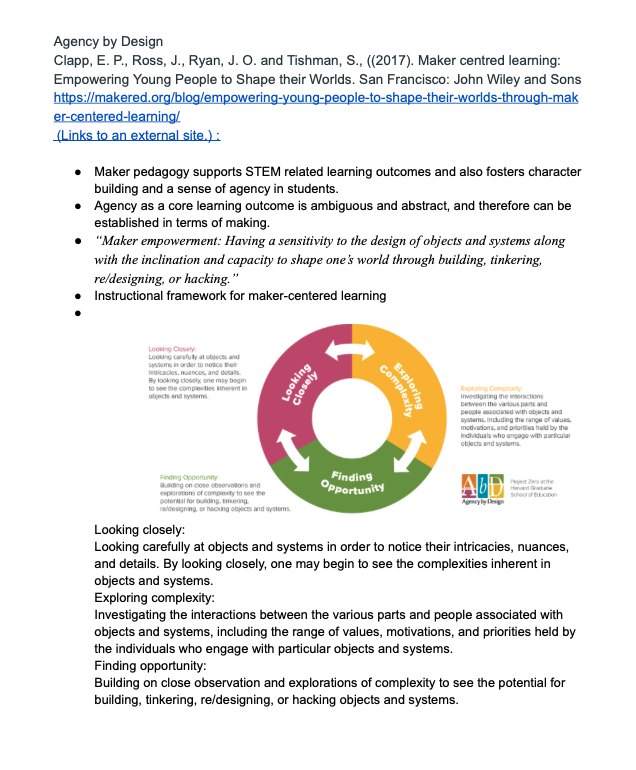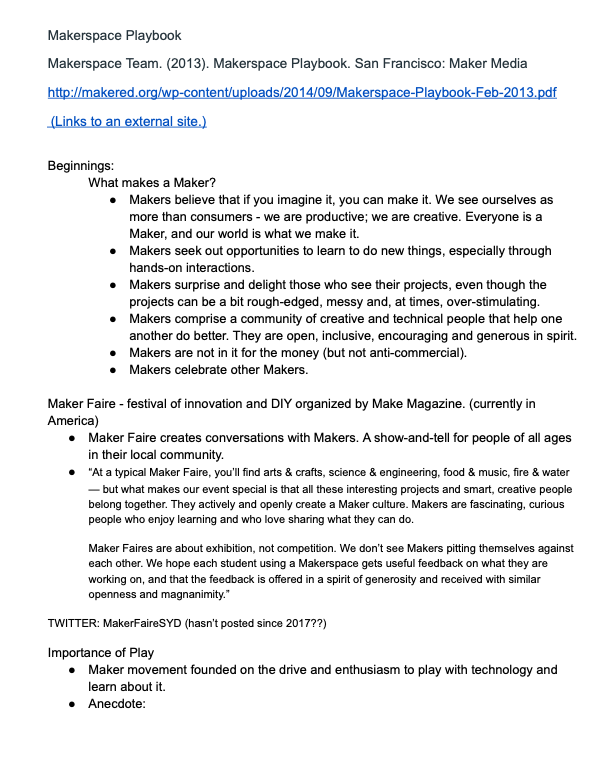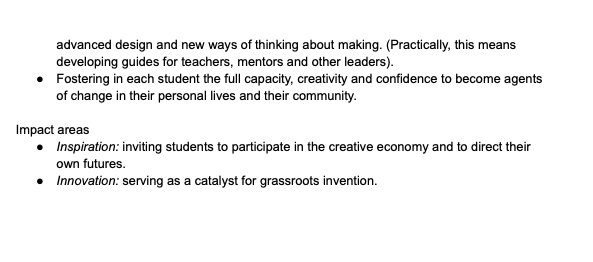Starting the TME project!
- Lucy Devine

- May 8, 2020
- 5 min read
Larissa and I are fully committed to the Maker Movement and are in the midst of project idea production. Phil said in the interview that making instruments is a great road to go down when using the maker philosophy in music, and Larisa and I love that idea.
Here is a video I sent to Larissa after I was buzzing with ideas from class:
There are so many avenues we could take with the Maker Movement. Like I mentioned in the video there is recycled instrument creation, lesson plans, resources and eBooks, designing a classroom and much more. Since these initial ideas we have decided to not focus so much on the orchestra to try and not limit ourselves to Western Art Music.
Larissa sent a video that she had seen previously called the Landfill Harmonic Orchestra. This has been a big source of inspiration and motivation seeing what these other people have been able to make.
The next thing we did was organise a meeting time to discuss how we're actually going to start this project. We jumped on Zoom and created a google doc. We are not yet wedded to one idea or another, we have decided we want to research and experiment before going down one specific path. Here is what we decided we wanted to research further:

(I will put watchable links to the video resources at the end of this blog)
So, moving on from that I wanted to experiment with making a double reed. Most bassoonists make their own reeds, so I have a pretty good idea of how they work.
Here is a picture of the normal tools I work with for making reeds.

The tools are ridiculously expensive (apparently there isn't a huge market for bassoon reed making materials? Shocking, I know), so I needed to find a low-cost alternative preferably with materials most schools would have. I was inspired by this website, https://www.nyphilkids.org/lab/make_metrocard.html for the foundation of plastic reed making.
I used the cover of a display folder, the outline of a pre-production reed, scissors and sticky tape.
And success! I managed to make sound out of it! However, it was fairly difficult to get the sound and the think students who did not already play reeds would find it even more difficult. The problem was that the plastic was too thick, so creating the vibrations took a lot of pressure. So I found some thinner plastic from one of the covers of my old DT portfolios (this plastic is really cheap at OfficeWorks), and it was way easier to make a sound. I even got multiple pitches out of the reed, so it really is acting like a bassoon reed.
Larissa brought up a good point that I might find it easier to play on the reed because I have experience. So I got my family members to have a go and they all managed to get sound out of it! I sent a rough sketch to Larissa with some measurements and instructions, and I'm excited to see what she is able to create!

Very rough sketch, but nothing needs to be too precise at this stage (unlike actual bassoon reeds where if you get 0.5mm wrong the whole thing is ruined!)
The problem with these reeds is they need to be fairly flat in order for the two side to vibrate against each other, and this doesn't work when you want to attach it to cylindrical instruments. The plastic doesn't want to form a tube. So my idea to combat this was to start with plastic that was already cylindrical... straws! So after saying a quick prayer to the turtles (straws are a huge problem for marine wildlife), I headed down to my local shops purchased some lunch and stole some straws (well, not stole, I purchased food!). I had a vague memory from my childhood that if you cut the end of the straw into a triangle, you should be able to make sound from it. And I was right! The triangle acted like a reed.
This is where I used a bigger straw overtop of a smaller straw, and it acted somewhat like a trombone!
Here I cut a hole in the straw to create different pitches.
Here are my musings about the possibilities of a straw reed.
So that's as far as I've gotten on the reed front.
After this Larissa and I spoke to James over Zoom and he gave us some insight. Firstly, he didn't have a preference on whether we create a project for primary or high school, really depends on what we want to do. Secondly, we shouldn't get too caught up on the sophistication on the instruments. Even if it is simple to make, it is much more important that the instrument works consistently. He also said we should look into what repertoire can be played on the instruments we create. Also how that music can be taught (with music, aurally ect.), and how that music could be taught by a primary school teacher who might not specialise in music. He suggested we look into Lindsay Pollack and John Madin who have done things in the maker space and music.
I have started to look into the maker movement in general, and it's so awesome. It's a lot to do with collaboration and of course creativity. After doing some research I think Larissa and I should make a website for out project. In this website it could include the following things:
1. A page on what the Maker Movement is and what this means for education.
2. How-to videos and/or instructions on how to make instruments. This can include appropriate repertoire and lesson plans.
3. A place on the page for teachers to interact with one another, sharing ideas and questions. (This could be a link to a Facebook page if we can't develop a website with that sort of interactivity.)
4. Links to other Maker resources written and created by Maker-professionals so teachers can get inspired and the know-how to start a Maker-movement in their own schools.
4. A big part of the Maker Movement is Maker Faire. I had a look at the Maker Faire Sydney's Twitter and there hasn't been any action since 2017. But maybe we could include links on how to get involved in the Maker Faire in your area.
5. A space for student collaboration and student lead projects. A space where like-minded students can get together and collaborate on projects even if they don't go to the same school. This might be too difficult as I am a novice when it comes to web design, but it's still a fun idea.
I haven't run any of these ideas past Larissa yet, so we will have to wait and see what she thinks!
These are screenshots of some of the notes I have taken. Please note this is not all in my own words, and I have indicated that with quotation marks. Although these notes are for my own use, so I might not have always remembered to use quotations.
That's all for today! I'm excited to see where this project goes.
Here are the links mentioned above:
This is a really cool video but I couldn't find it on YouTube so I did a sneaky screen recording. Here is his YouTube channel https://www.youtube.com/user/acellier






















Comments